Keep your perfume spray bottles safe by following these essential steps: sterilize all components before use, check spray mechanisms monthly, select high-quality materials like borosilicate glass, guarantee proper seals, test spray patterns regularly, protect from contamination, follow labeling requirements, maintain clean components, store in cool dark places, and dispose of damaged bottles properly. These fundamental practices will help you maintain your fragrances' quality and extend their lifespan. Let's explore each safety measure in detail.
Sterilizing Your Spray Bottles Before Use

Three critical steps stand between you and a properly sterilized perfume spray bottle.
First, disassemble the bottle completely, separating all parts to guarantee thorough cleaning. Pre-wash with water to remove visible debris, then wash thoroughly with warm, soapy water. Using a vinegar solution mixture can help eliminate stubborn residues and stains effectively.
Next, you'll need to sterilize using your preferred method. You can either boil the metal components for a few minutes or use steam for more delicate parts. For plastic components, opt for rubbing alcohol instead of heat-based methods to prevent damage.
Finally, let all parts air dry completely before reassembly. Once dry, carefully put the bottle back together and test the spray mechanism. Check for any leaks or inconsistencies in the spray pattern to confirm everything's working properly.
Checking Spray Mechanisms for Proper Function
A properly functioning spray mechanism forms the heart of any perfume bottle. You'll need to test your sprayer thoroughly to verify it delivers consistent, fine mists without leaks or drips. Check that the nozzle operates smoothly with minimal pressure and isn't clogged. The liquid draws upward when pressing the spray top to create the mist effect. If you notice any issues, don't hesitate to take action. Clean clogged nozzles with alcohol or hot water, and consider replacement if you find damage. Regular maintenance will prevent most common problems, so inspect your sprayers frequently and store bottles properly to avoid contamination. Remember, a well-maintained spray mechanism verifies your perfume performs as intended.
| Testing Area | What to Check | Action Needed |
|---|---|---|
| Spray Pattern | Even mist distribution | Clean if irregular |
| Pressure | Smooth operation | Replace if sticky |
| Output Amount | Consistent volume | Adjust mechanism |
Selecting Compatible Bottle Materials
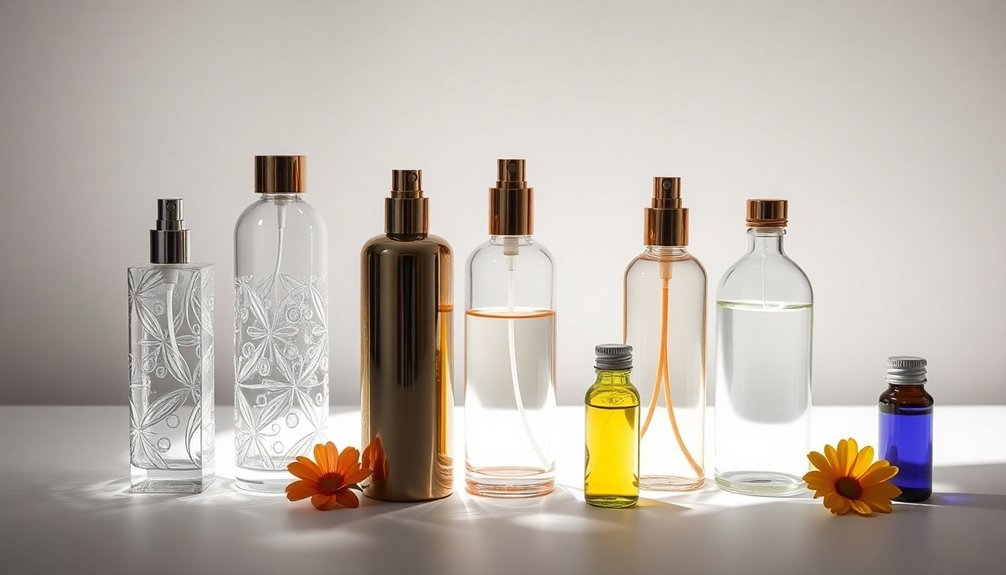
Beyond maintaining proper spray mechanisms, choosing the right bottle materials directly impacts your perfume's safety and longevity. For high-end fragrances, you'll want to select high borosilicate glass, which offers superior thermal resistance and maintains scent stability.
While ordinary glass works for short-term use, it's less durable.
When selecting nozzles, you'll find metal options like aluminum alloy or stainless steel provide better durability and corrosion resistance than plastic alternatives. Plastic nozzles can dissolve perfume components over time, affecting the overall fragrance quality.
For caps, consider nickel-plated metal or aluminum alloy options that guarantee tight seals and prevent fragrance volatilization.
Remember to verify that your chosen materials comply with FDA and ISO safety standards.
If you're using plastic components, look for those with protective inner coatings to prevent unwanted chemical reactions with your perfume.
Ensuring Proper Seal and Leak Prevention
Maintaining proper seals on your perfume spray bottles stands as the primary defense against leaks and fragrance degradation. Regular inspection of seals and sprayers will help you identify potential issues before they become serious problems.
When you notice minor damage, apply silicone sealant as a temporary fix, but don't hesitate to replace faulty sprayers entirely.
- Clean your atomizers monthly with alcohol to prevent residue buildup that can compromise sealing
- Store bottles in cool, dry places away from direct sunlight and heat sources
- Never over-tighten sprayers, as this can damage both the bottle and mechanism
- Use protective cases during transport to prevent impact damage that could affect seals
Remember to handle your bottles gently and secure caps properly after each use.
For severe damage, consider transferring your perfume to a new bottle rather than risking leakage.
Testing Spray Nozzle Performance
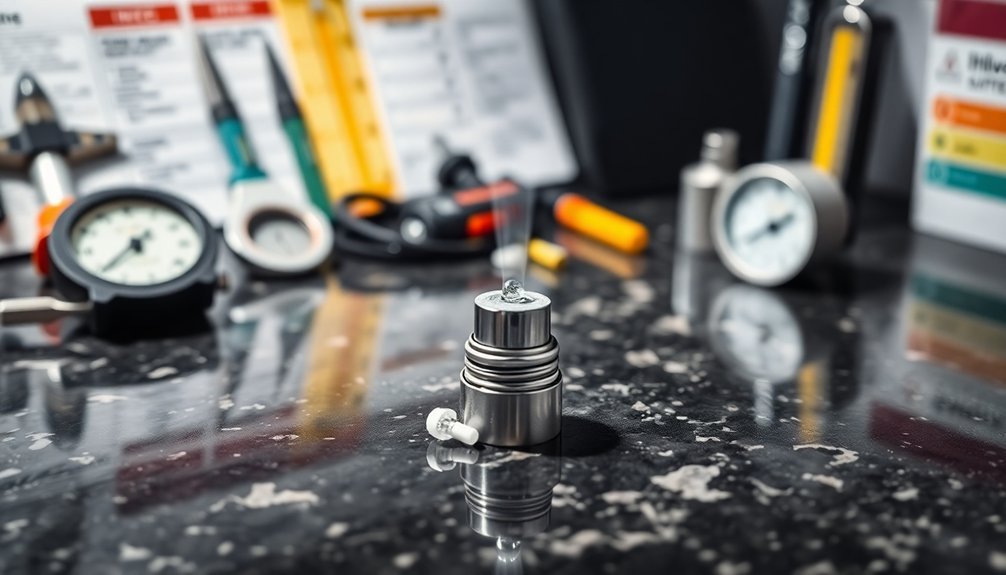
You'll want to start by testing your perfume bottle's spray pattern under normal room lighting to confirm it produces an even, fine mist without sputtering or irregular distribution.
Next, test the spray distance and coverage by holding the bottle at various angles and distances from a sheet of white paper, ensuring consistent distribution across your desired application area.
Finally, check that the nozzle maintains steady pressure throughout multiple sprays, as inconsistent pressure can indicate potential blockages or mechanical issues that could affect safe usage.
Spray Pattern Assessment
Three key aspects define proper spray pattern assessment: visual inspection, distribution testing, and performance monitoring.
You'll need specialized equipment, including high-speed cameras and laser-based tools, to analyze your spray nozzle's effectiveness accurately. When evaluating the pattern, focus on consistency, droplet size, and velocity to guarantee peak performance.
- Check for an even, uniform spray distribution without any gaps or concentrated areas
- Monitor the spray angle to confirm it matches design specifications
- Look for signs of streaking or irregular patterns that might indicate nozzle wear
- Test the pattern under different pressure conditions to verify consistent performance
Remember to document your findings during each assessment phase, as this data helps track performance changes over time and indicates when maintenance or replacement is needed.
Distance and Coverage Testing
Proper distance and coverage testing requires five essential measurements to guarantee peak spray nozzle performance.
You'll need to check the flow rate standardization, ensuring your perfume sprays consistently at the intended volume. Next, measure the spray's reach using laser meters or distance tools to confirm it hits the target zone effectively.
Watch for drop size variations, as smaller droplets travel farther but evaporate quickly. You should also test how environmental factors like temperature and airflow affect your spray pattern.
Finally, monitor your nozzle for signs of wear, which can cause irregular spray patterns and reduced coverage. If you notice increased flow rates or deteriorating spray patterns, it's time to replace your nozzle.
Regular testing helps maintain peak performance and safety standards.
Pressure Control Checks
When testing spray nozzle performance, precise pressure control checks form the foundation of a reliable perfume bottle.
You'll need to evaluate the flow rate at specific pressures while monitoring the spray pattern for consistency. Start by conducting a visual inspection to spot any defects, then establish a baseline for tracking performance changes over time.
- Check the nozzle alignment to verify it's properly positioned with the spray outlet
- Test the flow rate against manufacturer specifications at different pressure levels
- Monitor the spray pattern uniformity under varying pressure conditions
- Document the performance metrics to identify any deviations from baseline readings
Remember to clean your nozzles regularly and follow the manufacturer's guidelines for calibration.
If you notice inconsistent spray patterns or changes in flow rate, it's time to reflect on nozzle replacement.
Measuring Correct Fill Levels
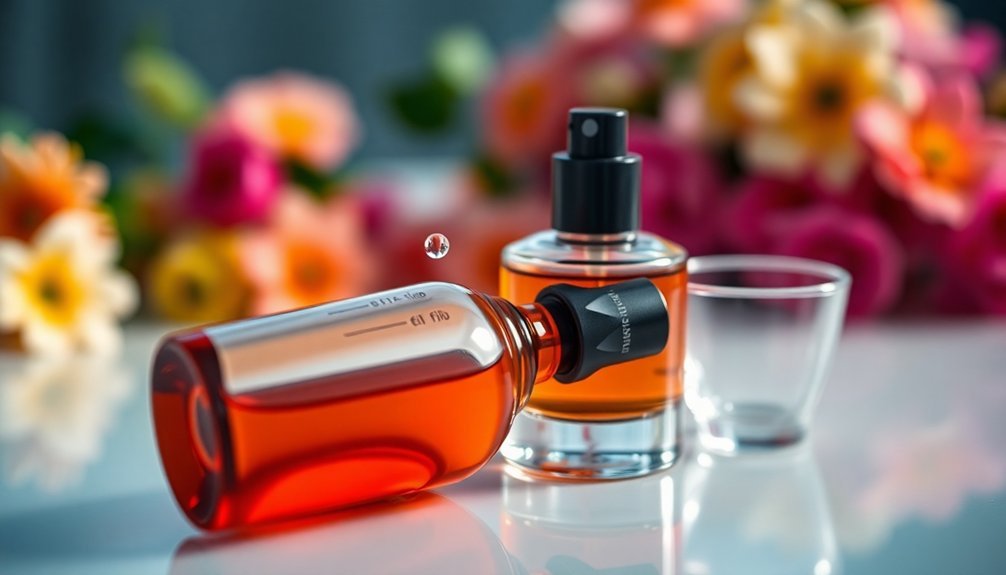
Watch for the fill line markers on your perfume spray bottle, as they're designed to prevent pressure buildup and potential leaks during travel.
You'll want to leave a small air gap at the top of the bottle, typically filling to about 80-90% capacity.
When refilling travel-sized bottles, stick to the 10-30 milliliter range to guarantee both safety and compliance with airline regulations.
Fill Line Safety Markers
Fill line markers serve as essential safety indicators on perfume spray bottles, ensuring you dispense the right amount of product every time.
You'll need to maintain precise levels to comply with industry standards and protect your brand's reputation. Modern technology, including automated filling systems and sensors, helps you achieve consistent results while preventing costly spills and product waste.
When working with fill lines, remember these key safety points:
- Use calibrated measuring tools like graduated cylinders or precision pipettes
- Check fill line markers regularly for wear or damage
- Clean all filling equipment thoroughly to prevent contamination
- Document your filling procedures to maintain consistent quality
Remember to conduct regular audits of your fill line processes and train your staff on proper techniques.
These practices will help you maintain compliance while delivering consistently high-quality products to your customers.
Avoid Overfilling Risks
Proper fill levels protect both your perfume spray bottles and their contents from potential damage. When you overfill your atomizer, you're risking more than just wasted fragrance – you're potentially compromising the entire spray mechanism.
You'll notice issues like uneven spraying patterns and unwanted leakage from excessive pressure buildup.
To maintain peak performance, always measure your fragrance volumes accurately and check fill levels regularly. Use appropriate tools like funnels to prevent spillage during refills, and guarantee all components are securely fastened.
You'll save money by avoiding waste and extend your atomizer's lifespan. Remember that overfilled bottles are more susceptible to residue buildup, which can alter your perfume's scent profile.
Protecting Bottles From Contamination
When handling perfume spray bottles, maintaining a pristine environment is vital to prevent contamination that can degrade your fragrance's quality. Always store your bottles in dark, dry places and make certain the caps are tightly sealed to prevent air exposure and oxidation.
You'll want to check that your bottle caps feature effective sealing mechanisms, as these act as significant barriers against dust, microbes, and other contaminants.
- Keep your bottles away from direct sunlight and heat sources
- Don't shake the bottles unnecessarily, as this introduces air bubbles
- Clean the bottle's exterior regularly with a lint-free cloth
- Check the cap's seal integrity periodically for any damage
Remember to handle your perfume bottles with clean hands and avoid exposing them to excessive moisture or temperature fluctuations, as these conditions can promote microbial growth.
Labeling and Storage Requirements
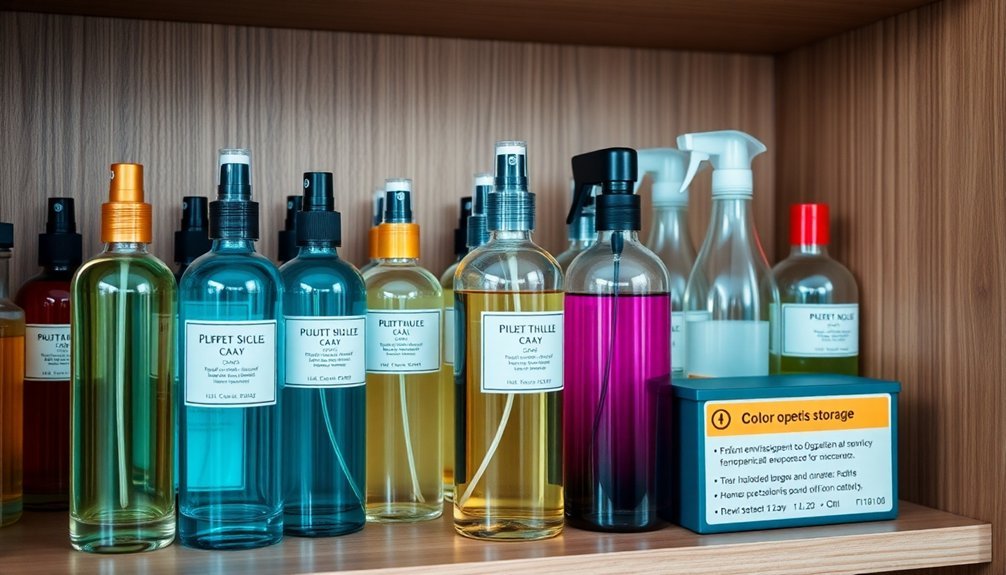
Beyond protecting your perfume from contamination, understanding labeling and storage requirements helps guarantee both safety and compliance.
You'll need to include essential information like brand name, product identity, net contents, and clear usage directions on your labels. Don't forget to list ingredients and any required warning notices, especially for alcohol-based fragrances.
Store your perfumes in their original packaging in a cool, dark place to prevent degradation.
You'll want to use durable label materials that can withstand humidity and frequent handling. Choose vinyl or foil options that stick securely to glass surfaces.
Remember to comply with relevant regulations like EU directives, FDA guidelines, and IFRA standards. If you're selling internationally, you'll need to adapt your labels to meet local requirements in each market.
Maintaining Clean Spray Components
You'll need to clean your perfume spray nozzle regularly with warm water and mild soap to maintain peak performance and prevent residue buildup.
Keep a close eye on the spray mechanism by checking for smooth operation and any signs of damage during your monthly maintenance routine.
To avoid clogging, use cotton swabs and soft-bristled brushes to reach tight spaces, and consider a quick rinse after each use to keep the components functioning properly.
Nozzle Cleaning Best Practices
Maintaining a clean perfume spray nozzle isn't just about aesthetics – it's essential for peak performance and longevity.
You'll need to carefully detach the spray pump from your perfume bottle and soak it in warm, soapy water to loosen any buildup. For thorough cleaning, use cotton swabs with mild soap to clean both the nozzle and tube, while stubborn residues can be tackled with isopropyl alcohol on a cotton ball.
- Always let the pump air dry completely before reattaching
- Use gentle pressure when cleaning to avoid damaging components
- Never use harsh chemicals that could compromise the sprayer
- Keep cleaning tools like cotton swabs and fine needles readily available
Remember to store your perfume bottles upright and inspect the nozzle regularly for blockages to prevent future cleaning challenges.
Regular Mechanism Inspection Tips
A regular inspection routine keeps your perfume spray mechanism working flawlessly. You'll need to check key components monthly and address issues before they worsen. Look for signs of wear, blockages, or irregular spray patterns during your inspections.
| Component | What to Check | Action Needed |
|---|---|---|
| Nozzle | Spray pattern | Clean if clogged |
| Spring | Responsiveness | Replace if weak |
| Pump tube | Liquid flow | Clear blockages |
When inspecting your spray mechanism, hold the bottle upright and test the spray output. You'll want to verify the pump moves smoothly without sticking. If you notice reduced pressure or inconsistent spraying, clean the components using mild soap and water. Don't forget to check the connection between the pump and bottle neck for any loose fittings that might affect performance.
Prevent Clogging And Buildup
Regular maintenance helps prevent one of the most common spray bottle issues – clogging and buildup. To keep your perfume spraying smoothly, clean the nozzle regularly with hot water or use a fine needle to clear any blockages.
Don't shake the bottle vigorously, as this can introduce air pockets that affect spray performance. Instead, hold it upside down or gently pump the sprayer to restore proper flow.
- Soak the sprayer in hot water to dissolve stubborn residue without damaging components
- Use a cotton swab with rubbing alcohol to clean hard-to-reach areas of the spray mechanism
- Install a strainer inside the nozzle to prevent future blockages from forming
- Keep your perfume away from extreme temperatures to maintain consistent spray pressure and prevent residue buildup
Proper Disposal of Used Bottles
When disposing of used perfume bottles, you'll need to contemplate both environmental impact and safety protocols.
Start by checking your local hazardous waste collection schedule, as perfume chemicals can harm ecosystems if improperly discarded.
Before disposal, dilute any remaining perfume with water and absorb it using materials like cat litter or paper towels. Seal these materials in a labeled bag for general waste.
For empty bottles, remove all spray mechanisms and caps before recycling the glass components.
Consider creative alternatives to disposal. You can repurpose clean bottles as mini vases or donate partially used fragrances to local charities.
If you're environmentally conscious, opt for brands that offer refillable options or sustainable packaging.
Remember to follow your community's specific guidelines for hazardous waste disposal.
Frequently Asked Questions
Can Perfume Spray Bottles Be Used for Other Liquids After Thorough Cleaning?
You can reuse perfume spray bottles for other liquids, but you'll need to guarantee thorough cleaning and compatibility testing first. Glass bottles work better than plastic ones to prevent residue and scent transfer.
How Long Can an Empty Perfume Spray Bottle Sit Before Becoming Unusable?
You can use an empty perfume spray bottle indefinitely if you keep it clean and properly maintained. There's no specific expiration for the bottle itself, but make sure it's thoroughly cleaned before each reuse.
What Temperature Changes Can Permanently Damage Perfume Spray Bottle Mechanisms?
You'll damage your perfume spray mechanisms if they're exposed to temperatures above 77°F or below 59°F repeatedly. These fluctuations can stress the metal springs and plastic components, causing permanent failure.
Are Plastic or Glass Spray Bottles Better for Preserving Natural Essential Oils?
You'll want to choose glass bottles for your essential oils since they're non-reactive and protect better against UV rays. Unlike plastic, glass won't degrade from chemical reactions and provides superior long-term preservation.
Should Different Colored Perfume Bottles Be Stored Separately to Prevent Chemical Reactions?
You don't need to store different colored perfume bottles separately, as the bottle color doesn't cause chemical reactions between fragrances. Just guarantee each bottle is tightly sealed and stored away from light.

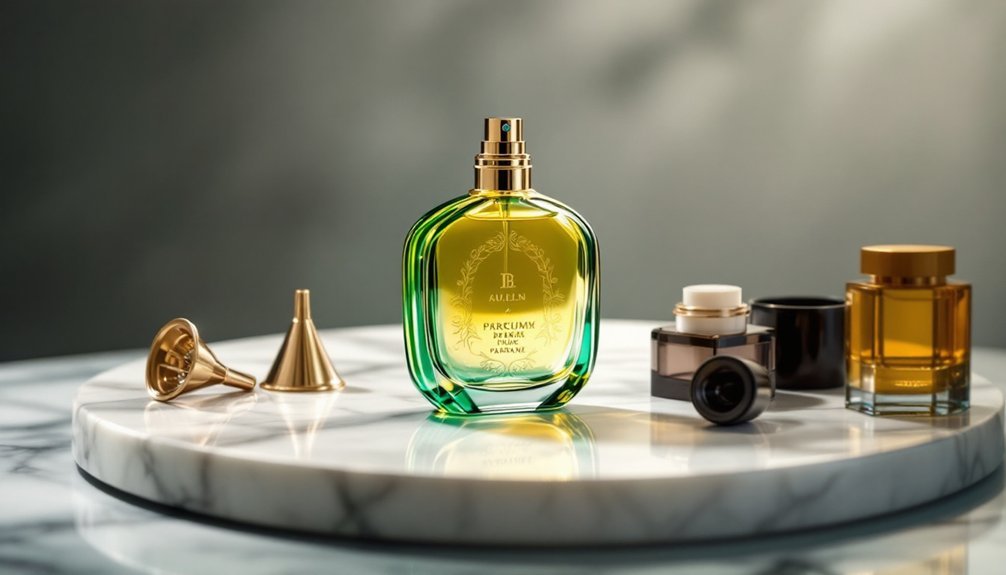
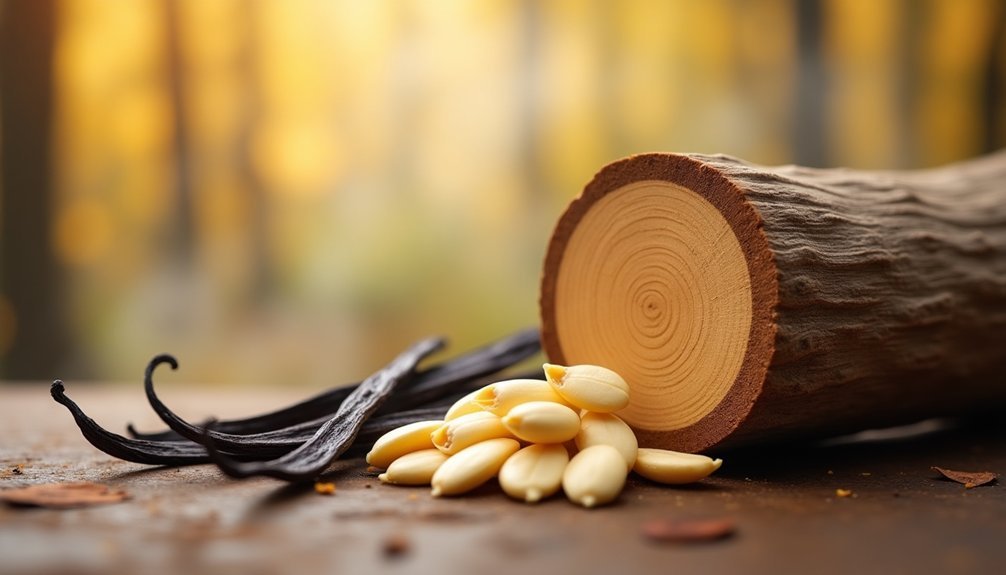
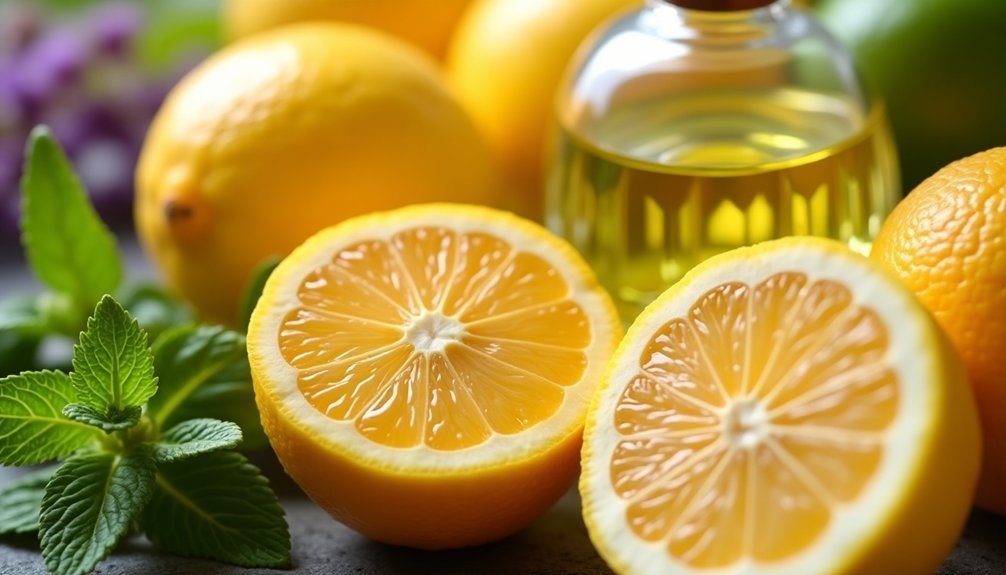
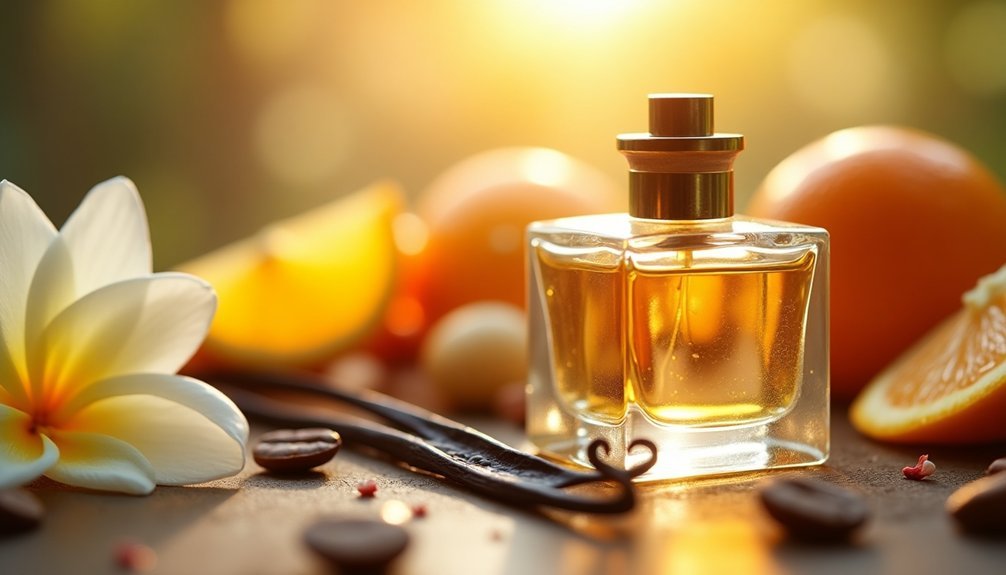
Leave a Reply